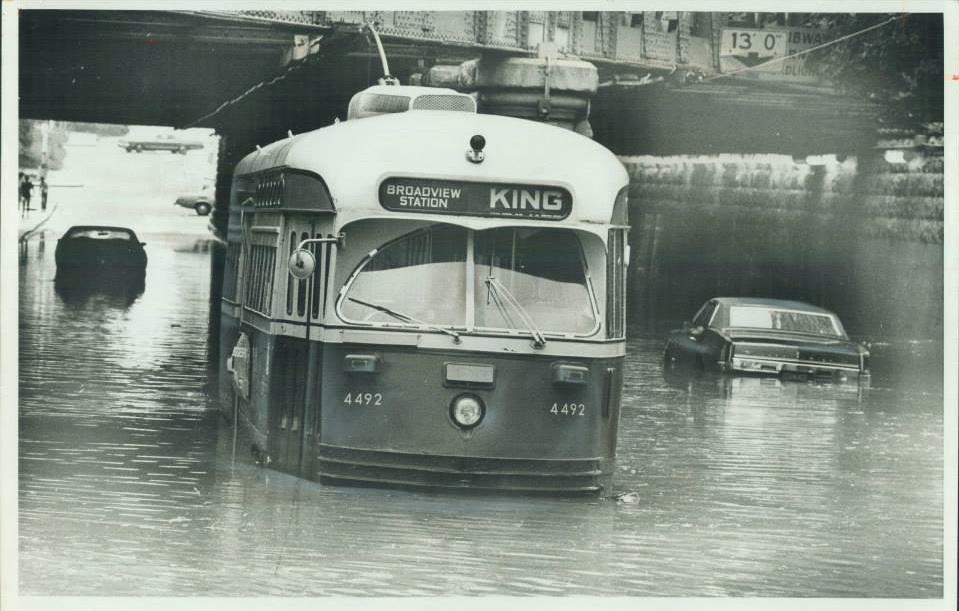The Insurance Co. was established in 1994 in order to provide insurance coverage for compulsory automobile personal injury and accident benefit claims for the TTC. At December 31, 2017, $141.4 million (December 31, 2016 – $174.5 million) of the unsettled accident claims liability is related to the Insurance Co.’s payable for all automobile claims incurred. This portion of the TTC’s accident claim liability is guaranteed by the City. The TTC has purchased insurance from third‐party insurers to cover tort claims in excess of $5.0 million on any one accident. The remainder of the unsettled accident claims liability, $15.2 million (December 31, 2016 – $17.7 million), relates to general liability claims of $18.5 million (December 31, 2016 – $21.5 million), less $3.3 million (December 31, 2016 – $3.8 million) of expected HST rebates.





